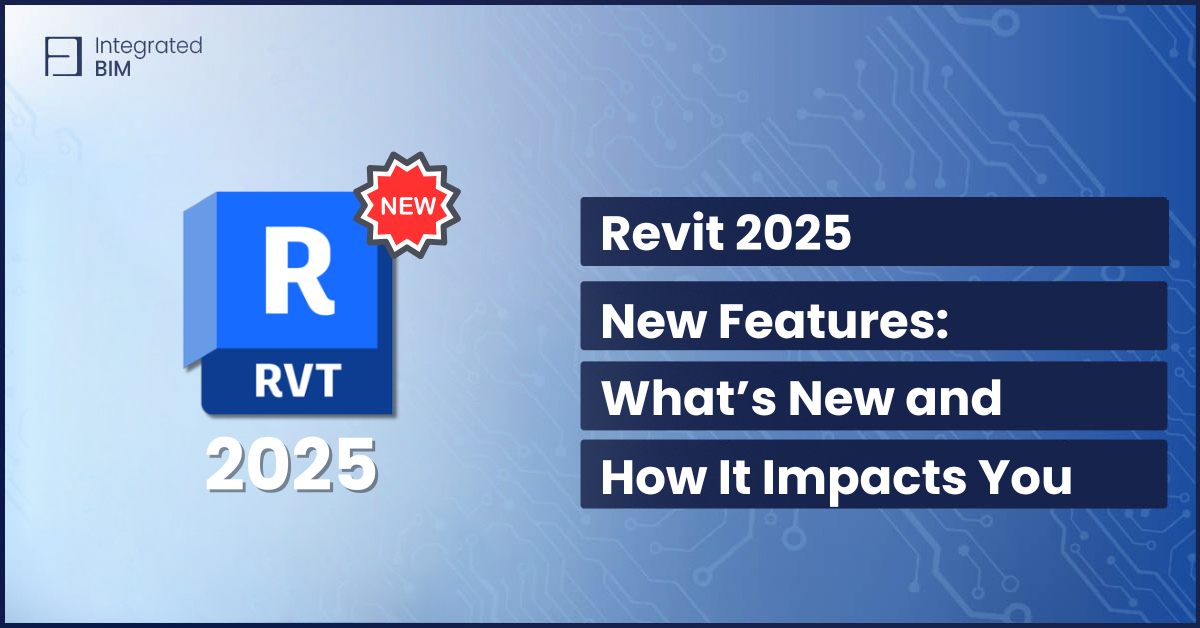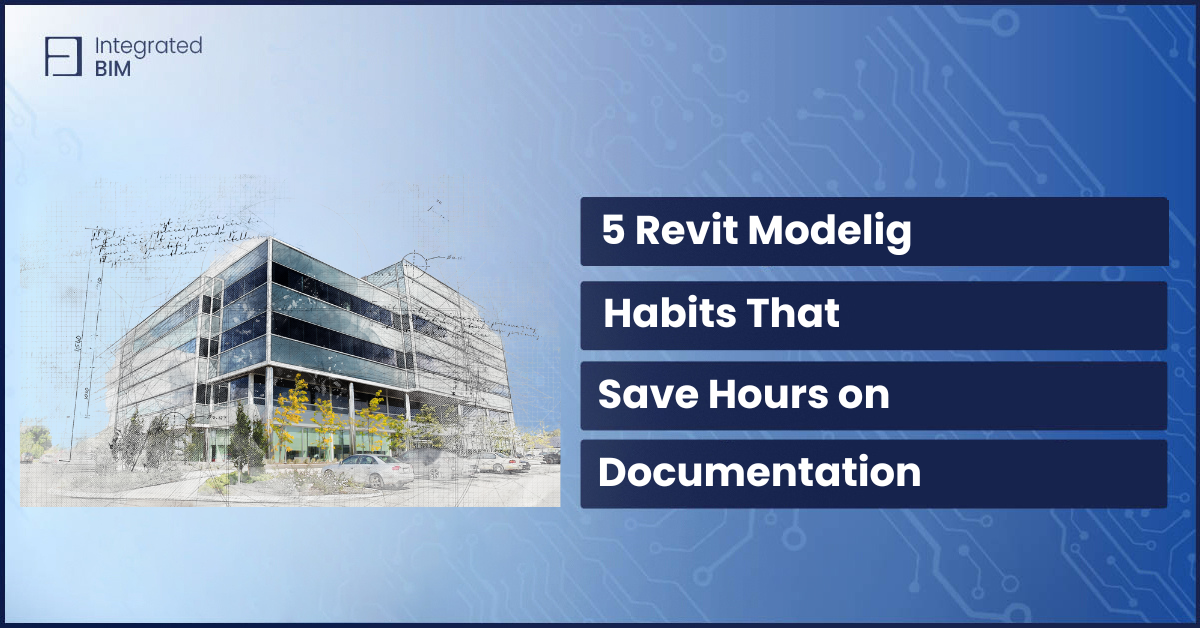Welcome back to our series on groundbreaking improvments in architecture and AI! In this article we continue to explore the innovative technologies that are reshaping the architectural landscape. Today we focus on a new set of tools designed to enhance the capabilities of architects and design professionals. From simplifying the project planning process to optimizing resource allocation, the AI solutions we’re spotlighting are revolutionizing the industry in exciting ways. Whether you’re familiar with the new architecture and AI technology or just beginning to see its potential impact, these tools represent the improvement of architectural innovation.
1. PlanFinder
https://www.planfinder.xyz/
PlanFinder is a software plugin designed to assist architects in creating floor plans more quickly. It is compatible with various Computer-Aided Design (CAD) and Building Information Modeling (BIM) software programs, including Rhino, Grasshopper3D, and Revit.
PlanFinder reportedly helps architects generate floor plans more efficiently through functionalities like “Fit” and “Furnish”. This can save architects time and effort during the design process.
By streamlining floor plan generation, PlanFinder might allow architects to explore a wider range of design options more quickly. This could lead to more innovative and optimized designs.
Overall, PlanFinder seems like a valuable tool in the architecture and AI world. It is perfect for architects seeking to improve their floor plan design workflow. If you’re an architect considering using PlanFinder, it’s recommended to explore their website for more details and potentially a trial version to test it out.
2. Maket AI

Maket AI is a software platform that utilizes generative design to assist architects, builders, and developers in the architectural design process. One of its standout features is the fast floor planning. Maket AI allows architects to generate thousands of custom residential floor plans instantly This can significantly reduce the time spent on initial design stages.
Furthermore, Maket AI gives Architects a variety of design styles This facilitates experimentation and finding optimal design solutions. Alongside this, the platform offers design guidance based on user input and regulations, potentially helping architects make informed decisions throughout the design process.
Maket Ai offers simplified Code Compliance. This software can help navigate zoning codes and provide instant answers on regulatory compliance, saving architects time and ensuring their designs meet local regulations.
Overall, the platform streamlines the design workflow by offering functionalities like floor plan generation, design guidance, and regulatory compliance checks within a single platform. It provides AI-powered tools that can spark creativity and help architects brainstorm new design ideas.
3. Alice Technologies
https://www.alicetechnologies.com/home
Alice Technologies offers a construction optioneering platform that utilizes AI to simulate various construction scheduling strategies. They focus on helping GCs analyze project possibilities, reduce risks, save time, and ultimately, deliver projects on budget and on time.
By collaborating with GCs who leverage Alice Technologies, architects can potentially benefit from more realistic and efficient construction schedules. This can improve overall project coordination and potentially minimize delays or design changes caused by scheduling conflicts during construction.
Improved scheduling through Alice Technologies can lead to a lower risk of project delays, which can positively impact architects by ensuring their designs are realized within the planned time frame.
When GCs have a clearer picture of the construction timeline through Alice Technologies simulations, it can foster better communication and collaboration with architects. This can lead to a more streamlined design-build process.
Overall, while Alice Technologies may not directly target architects, it has the potential to indirectly improve the architectural workflow through better collaboration with GCs and potentially smoother project execution.
4. Planalogic
Planalogic is a design and decision-making platform that utilizes AI to empower architects in creating sustainable and affordable buildings.
Planalogic’s AI can generate thousands of design scenarios based on architects’ input parameters like site conditions, program requirements, and sustainability goals. This allows architects to explore a wider range of design options in a shorter time frame.
Planalogic integrates hard data into the design process. This gives architects the opportunity to make informed decisions based on factors like solar access, energy efficiency, and material usage.
One of its standout features is that it prioritizes sustainability in its design suggestions. Architects can explore options that optimize factors like natural light penetration, thermal comfort, and energy use.
The platform provides real-time feedback on the environmental performance of each design scenario. This allows architects to identify and refine the most sustainable design solutions.
With access to a multitude of data-driven design options, architects can make quicker and more informed decisions throughout the design process.Planalogic’s visual representations of design scenarios can facilitate communication with clients, engineers, and other project stakeholders.
5. Parametric Solutions
Parametric Solutions develops generative design tools specifically aimed at architects, property developers, and urban planners. Their cloud-based platform focuses on making generative design accessible to a wider audience and streamlining the design process.
Parametric Solutions features an intuitive and easy-to-use interface that makes generative design accessible to architects with varying levels of coding experience. This removes the technical barrier and enables a wider range of architects to harness the power of generative design.
The platform integrates design exploration, feasibility studies, and design optimization into a single workflow, potentially saving architects significant time and effort. Parametric Solutions allows architects to generate and compare hundreds of design options quickly. This facilitates exploring a wider design space and potentially uncovering innovative solutions.
Even more, the platform provides access to pre-built algorithms for various design aspects like space allocation, facade design, and structural optimization. This allows architects to explore design possibilities beyond what might be achievable through traditional methods.
Parametric Solutions’ tools can be used to conduct feasibility studies early in the design process. This allows architects to identify potential issues and optimize designs based on real-world constraints. The platform integrates with various data sources, allowing architects to make design decisions based on factors like site conditions, building codes, and sustainability parameters.
Parametric Solutions empowers architects with generative design tools that can significantly enhance their design workflow. The platform simplifies generative design, fosters rapid design exploration, and facilitates data-driven decision-making, ultimately leading to more innovative and optimized architectural solutions.
6. Snaptrude
Snaptrude is a web-based software specifically designed for architects and interior designers to collaboratively create and refine building designs in the early conceptual stages.
Snaptrude allows multiple architects and designers to work on the same building model simultaneously, fostering better communication and streamlined design development. Being cloud-based, Snaptrude eliminates the need for software installation on individual devices. This makes it accessible from any device with an internet connection, promoting remote collaboration and real-time feedback sharing.
Snaptrude offers parametric modeling tools that allow architects to create and modify building elements quickly. Changes made to one element can automatically update connected elements, saving time and reducing errors.
The software seamlessly integrates with Revit, a popular BIM software used for detailed design and documentation. This allows architects to easily transition their conceptual designs from Snaptrude to Revit for further development.
What’s more, Snaptrude enables architects to begin design development with simple sketches. These sketches can then be converted into intelligent BIM objects, facilitating a smooth transition from conceptual design to detailed modeling.
The platform provides line and arc architecture and AI tools that allow for the creation of various building elements like walls, floors, and ceilings. This offers architects flexibility during the early design stages without being confined to predefined object libraries.
7. OutlineAi
OutlineAI focuses on two distinct areas: providing an AI-powered collaborative document editor and custom AI solutions for the building industry. While the document editor might be useful for architects in general tasks, OutlineAI’s building industry solutions seem to be more directly relevant to architects. OutlineAI mentions its service can generate numerous design variations for a building project based on specified parameters. This can save architects time in exploring different layout options.
The tool suggests their service incorporates real estate parameters into the optimization process. This can empower architects to make data-driven decisions regarding space allocation and functionality.
OutlineAI’s marketing emphasizes optimizing building layouts, potentially with a focus on real estate development considerations, rather than the broader creative aspects of architectural design. It also offers data-driven design decisions. Integrating real estate data into the design process can be valuable for architects working on projects with specific space allocation or functionality requirements.
As we wrap up our exploration into architecture and AI tools, it’s clear that the future of architectural design and project management is being deeply influenced by these advanced technologies. The tools we discussed, like PlanFinder, Maket AI, and Alice Technologies, offer more than just efficiency improvements—they are expanding the very possibilities of what we can achieve in architectural design.
By integrating these architecture and AI solutions into your workflow, you stand at the forefront of a shift towards more strategic, informed, and creative architectural practices. Stay tuned for more insights and updates as we continue to explore the tools that are setting new standards in the industry. Until then, we invite you to explore these architecture and AI tools further and discover how they can improve your projects and bring your architectural visions to life.












